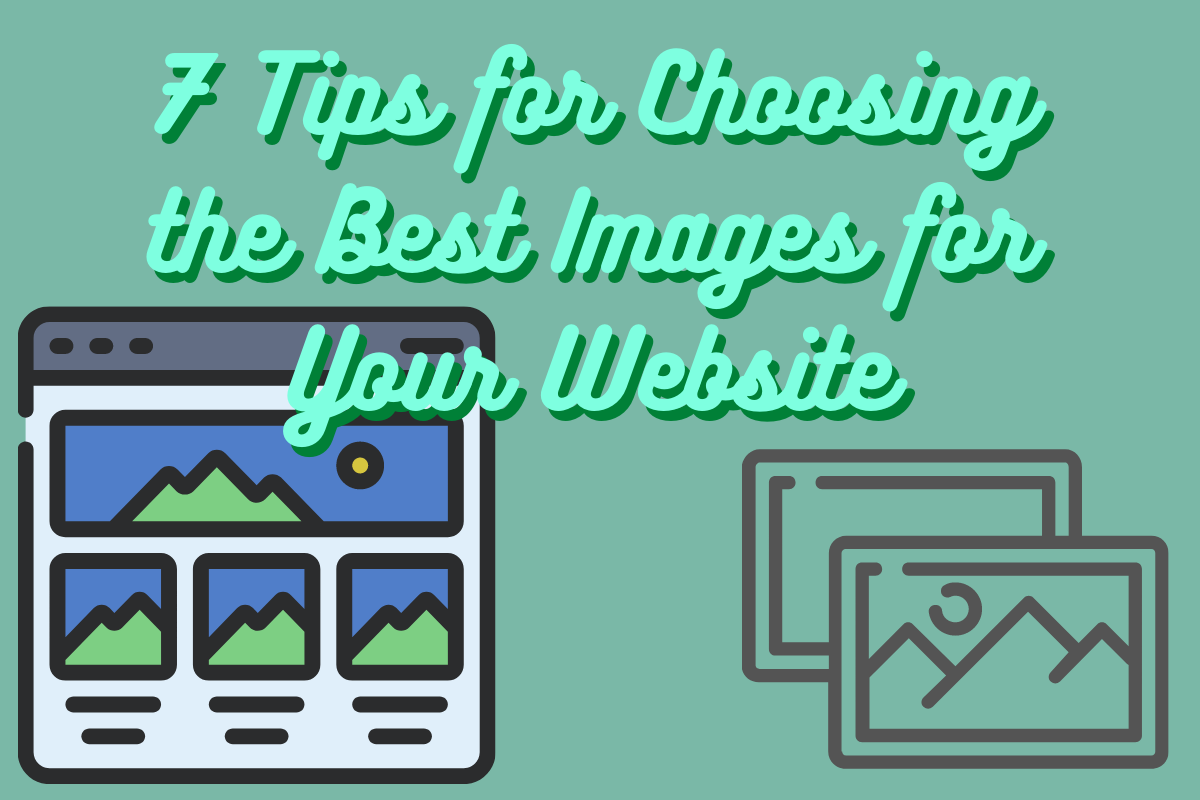We’ve all heard that old cliché that a picture is worth a thousand words. And while that might not be something to take literally, there is no denying the value of using clear and relevant images – especially when it comes to your business’ online presence.
Images represent a powerful way to show website visitors what your business is all about without them having to read a single word of your content. Choosing the wrong image can have a major negative impact on both how your business is perceived and whether or not users engage with your site.
When it comes to choosing images, you need to be sure that you are paying attention to a few different details for maximum effectiveness and impact. Here are our top 7 tips on how to choose the best images for your website.
Only Use High-Quality Images
A high-quality image isn’t simply the biggest one you can find. Instead, you should be paying attention to the aspect ratio and the resolution to ensure you are picking an image that is clear and free from any pixelation or imperfections.
Choose Images That Are Relevant to Your Brand
No matter what industry you are in, or what the goal of your website is, your images should match your brand and goals. Let’s say that you’re a business specializing in the sale of sporting goods – it wouldn’t make much sense to have images focusing on the outdoors, even if they are local sites. Instead, you should have images of your products, perhaps, the inside of your store, or even sports in action. These images convey to people that you are a sporting goods store, instead of perhaps confusing them into thinking that you sold outdoor gear.
Incorporate a Call-to-Action
Every page on your website should have at least one clear call-to-action to try and get visitors to turn into leads or conversions. A call-to-action, or CTA, serves to make customers complete a specific action, whether it is to sign up for a newsletter, place an order, or call your business. Some simple text on an image, along with a clickable button, serves as an enticing CTA for visitors.
Have An Image Do The Talking
There is certainly such a thing as having too much text on a webpage, especially if you’re an e-commerce. After all, most people want to get straight to shopping, not read several paragraphs of text on your homepage. An easy way to hook people without expecting them to read your content is by adding text to your images. This can be your slogan, a brief introduction to a new product or product line, sales, specials, coupons, etc.
Feature Real People – Not Stock Image Models
If there is one thing that many online users are savvy to these days, it is what a generic stock image looks like. After years of being bombarded by them, users are now more likely to perceive your brand positively if you use real people in your images, who are using/wearing your products.
Optimize all Images for SEO
Hopefully you already have at least a basic knowledge of SEO and why your website needs it – and your website is already optimized. But many people still forget about optimizing their images for SEO, which is a pretty simple process. First off, it needs to be clear, as we already discussed. But the other aspect of SEO for images is ensuring that it is named correctly. Never upload a photo with a name like “image65236547.” Instead, rename the image to describe what people are seeing. For instance, “black-tennis-shoes” or “eye-makeup.” This helps search engines to understand what your image is displaying, which helps better categorize your pages to show up on SERPs.
Use the Right Image File Type
There are really two main choices when it comes to image file type: JPGs and PNGs. JPGs are best utilized for regular photographs, as it retains color and clarity without making the file too big and thus slow to load. PNGs are best utilized for graphics, especially ones that have a lot of solid colors, and text-heavy images. They are also an appropriate choice for logos, as they allow for transparent backgrounds.
A Little Effort Makes Your Website Picture Perfect
Having the best images on your website is like the icing on the cake for web design. Not only does it make for great user experience, it also improves people’s perception of your business, and can help drive leads and sales.
Interested in learning more about best practices when it comes to website design? We are here to help! With over 25 years of experience in managing all types of digital design. Our staff consists of highly-trained web design and digital marketing professionals who are both passionate about their jobs and excel at what they do. Contact us today to book a consultation with our team. We look forward to outlining exactly how we can help you grow your business with our digital media agency services.
